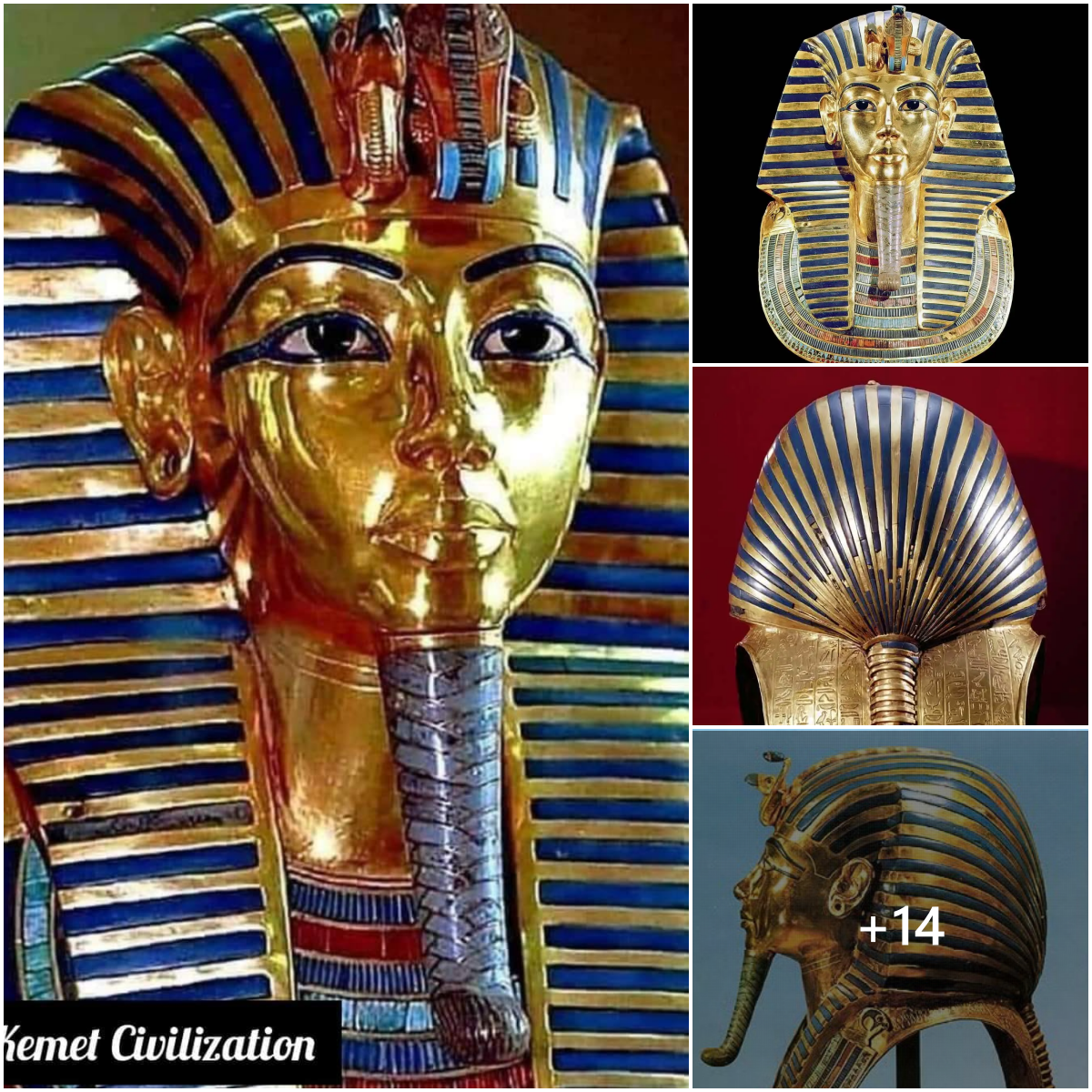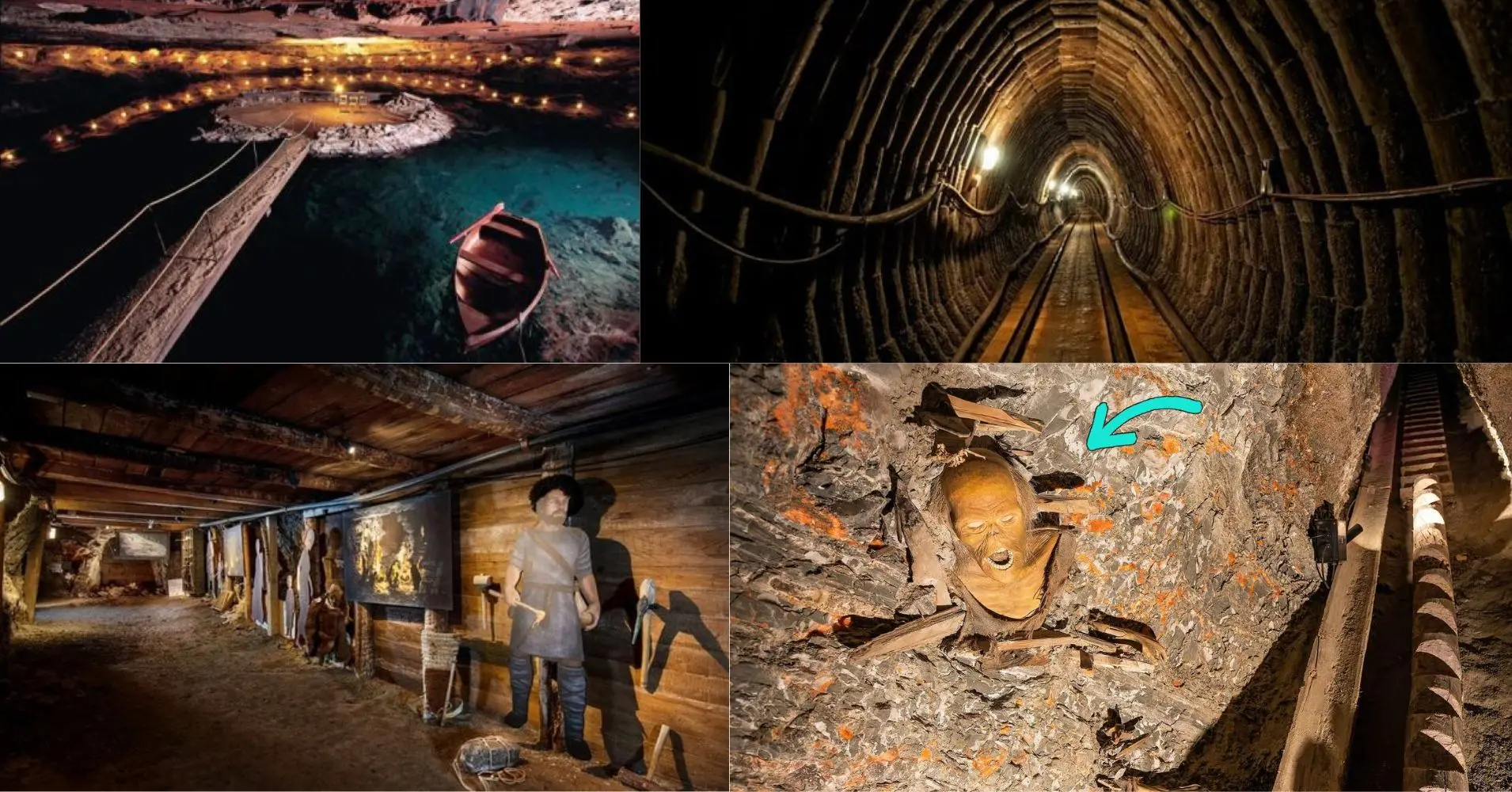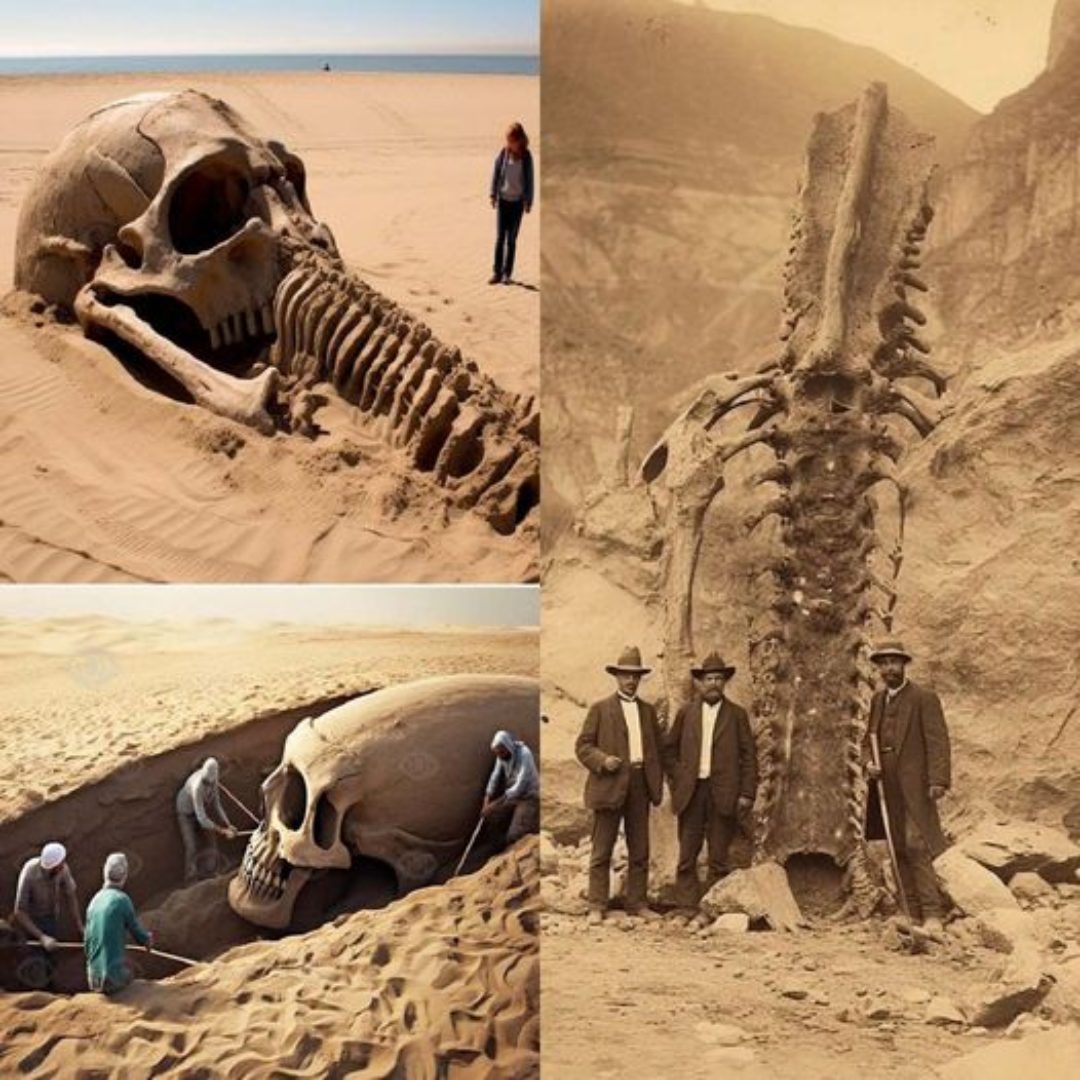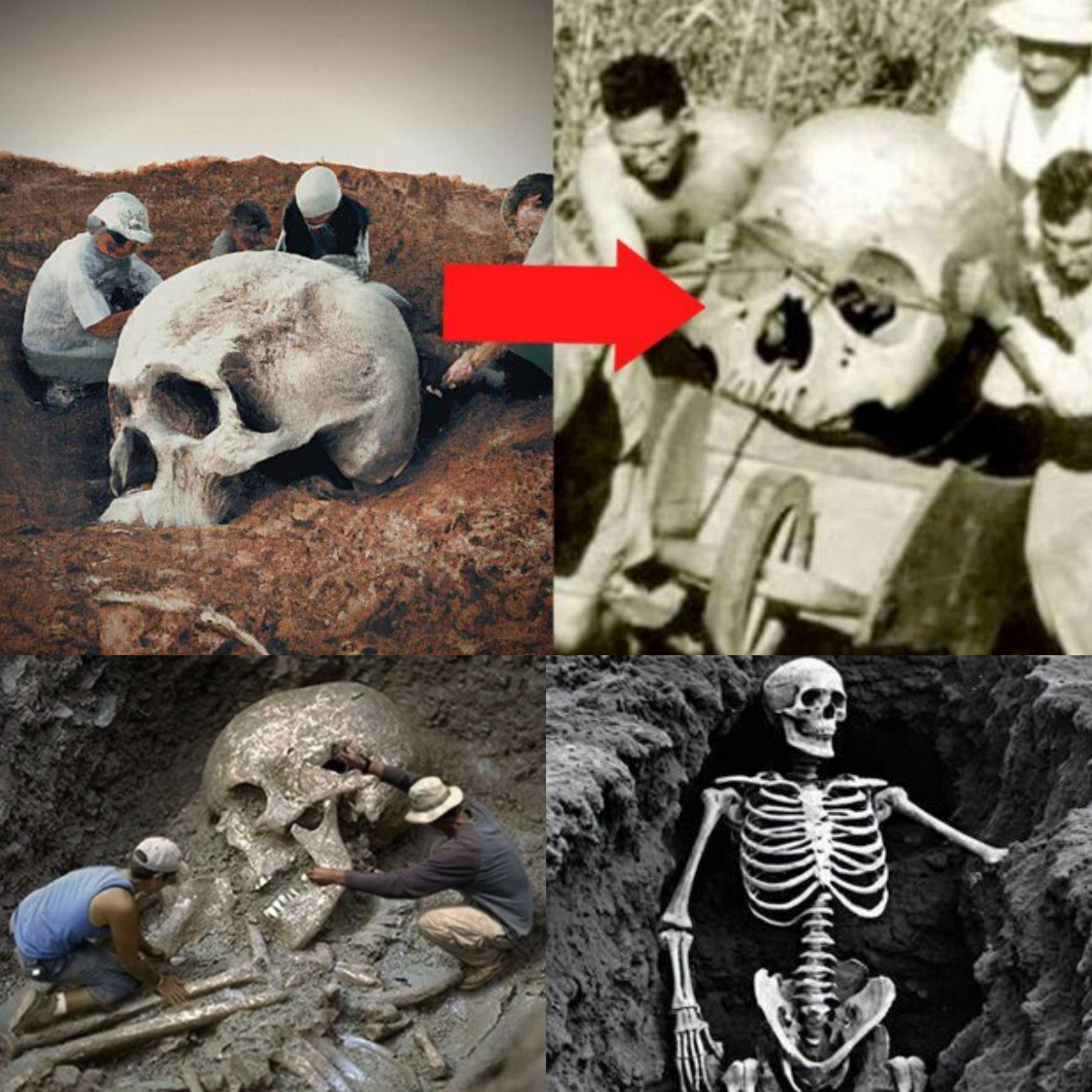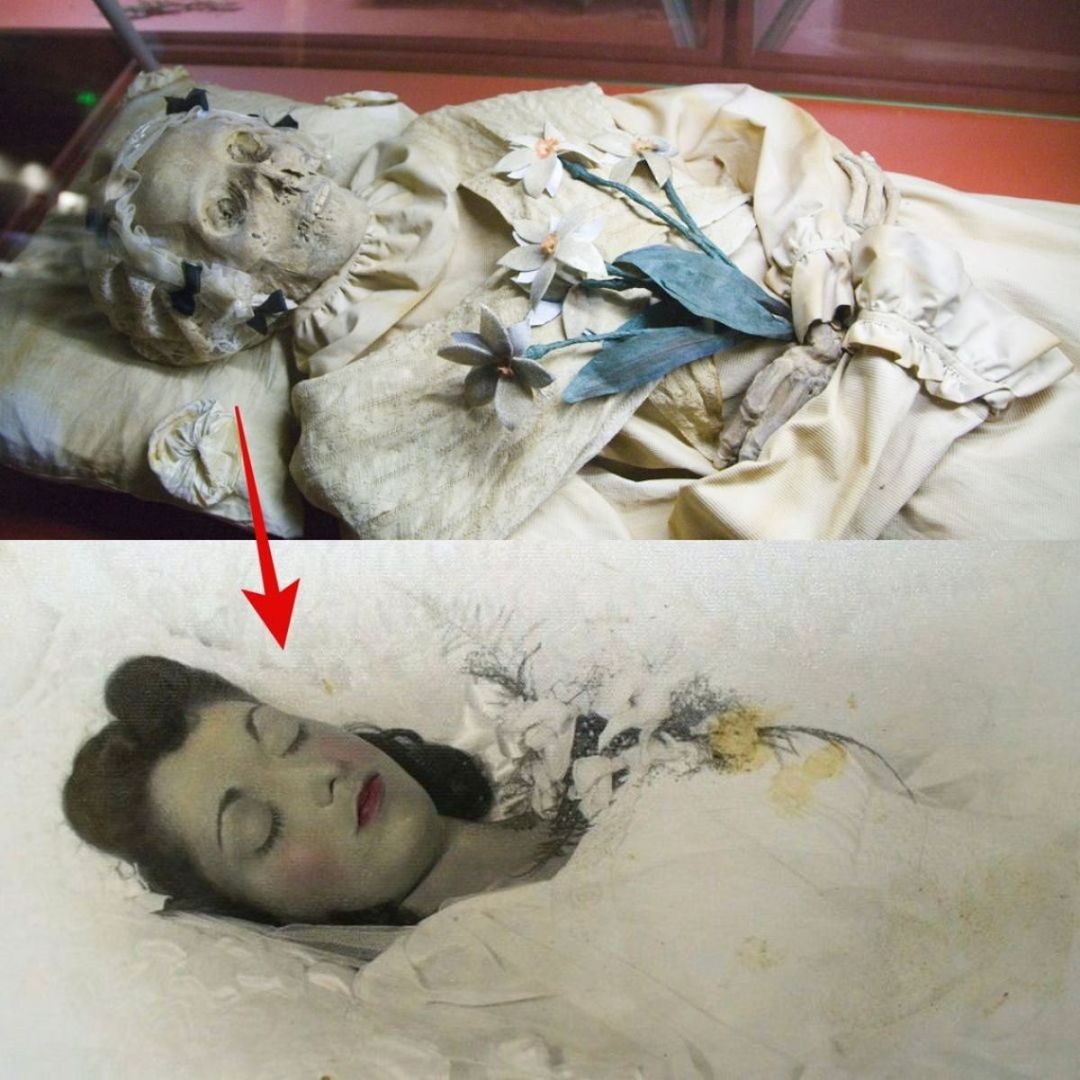Those are two ancient royal tombs dating back about 3500 years, inside containing many treasures and thousands of pieces of gold leaf.
The archaeological team has successfully excavated two ancient Royal tombs from the Bronze Age in southern Greece. The surrounding area was strewn with pieces of gold leaf that had been pasted on the wall.
The tombs, dating back about 3500 years, were discovered near the ancient Mycenaean city of Pylos in the Peloponnese region of Greece. One tomb is about 12 m in diameter, the other is about 8.5 m in diameter.

One of the gold items, carved with two oxen and a barley plant, found in an ancient tomb
They are designed in the Tholo style, characterized by giant dome-shaped underground structures like honeycombs. This type of mausoleum is usually reserved for the Royal Family.
Inside the tomb is a treasure trove of jewelry and carved artifacts. These include evidence of gold-lined floors, gold rings, gold pendants depicting the ancient Egyptian goddess Hathor, a unique gold ring engraved with two oxen and barley – an important staple food cultivated by the Greeks for decades, large amounts of gold as well as many valuable artifacts imported from elsewhere such as red carnelian stone, Baltic amber and Egyptian quartz.

The tomb contains many treasures and pieces of gold leaf
The splendid luxury of the two tombs shows that their owners are people of status and wealth. The researchers claim it is valuable material that helps many historians “fill in” the gaps in their knowledge of early Greek civilization.

These new discoveries will provide valuable information about the early Greek civilization
According to the Greek Ministry of Culture, the vaulted roofs of the two tombs collapsed in antiquity. The rooms contained so much earth and rubble that grave robbers couldn’t get inside to plunder.
According to a representative from the Ministry of Culture, this new discovery is particularly important because it sheds light on the early stages of the Mycenaean civilization in Greece, which existed between 1600 and 1100 BC.
